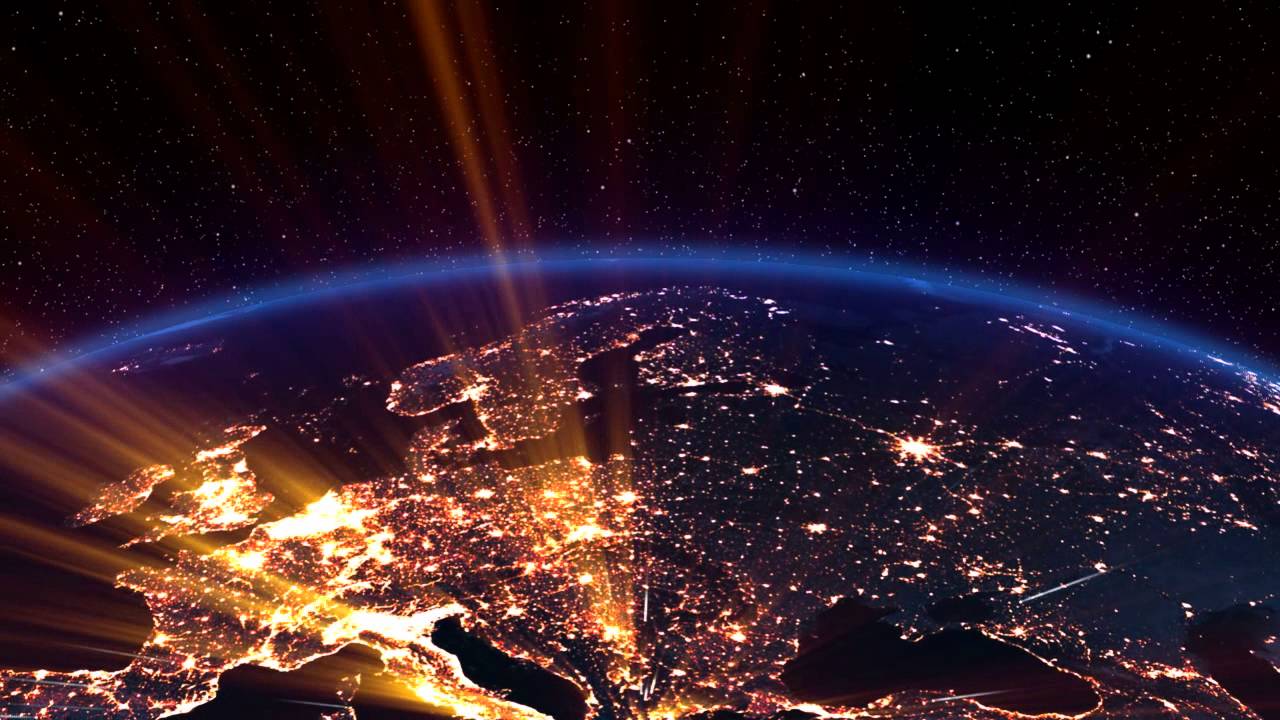
A report from the World Nuclear Association estimates that world energy demand will grow by as much as 26% by the year 2020, and that’s a big challenge for future generations to meet. We will need to figure out how to meet a growing population, coupled with an increased reliance on technology, and we’ll need to meet these challenges in a method that is safe for our environment.
The Facts
What’s become clear over time is that fossil fuels are increasingly inefficient. The growing demands of developing nations would require so much fuel that it could have catastrophic consequences for the surrounding environments. Renewable energy has risen to meet some of these demands, but is not yet at a point where we can rely entirely on renewable for major power needs. Instead, future energy policy combines nuclear, renewable and even some fossil fuels for a cleaner environment that can meet the needs of tomorrow’s power grid.
According to experts like Dev Randhawa, CEO of Fission Uranium, nuclear is already providing roughly 20% of America’s energy needs. Nuclear won’t be the only answer, but it will be a major component of moving forward. If countries like China and India jump on the nuclear bandwagon, that could put a substantial dent in the fuel burning problem.
Final Thoughts
Meeting the changing and increasing energy demands of the developing world will be one of the greatest challenges we face. Developed nations are wealthy enough to invest in the substantial costs of developing safe and sound nuclear programs, alongside renewable energy infrastructure, but developing nations may still struggle on up front or long term costs. That’s one of many reasons why nuclear is only one aspect of the strategy to solve the world’s energy requirements.